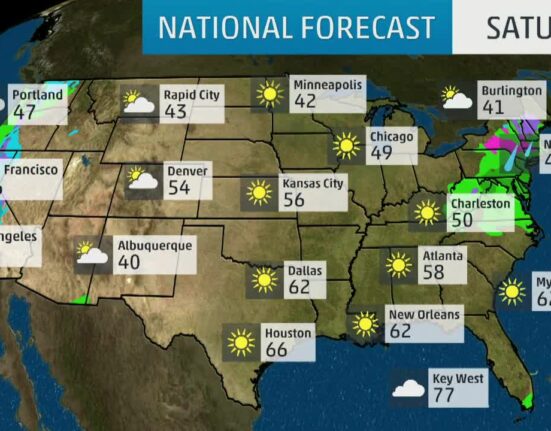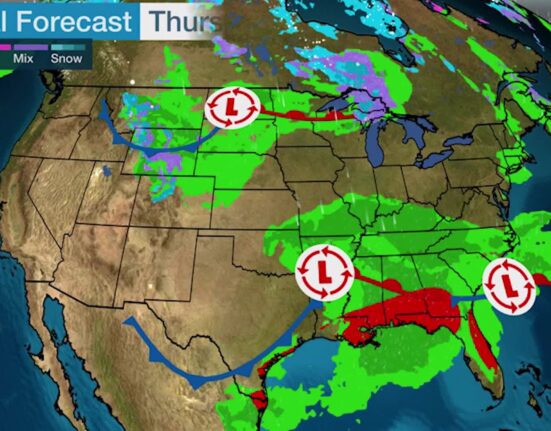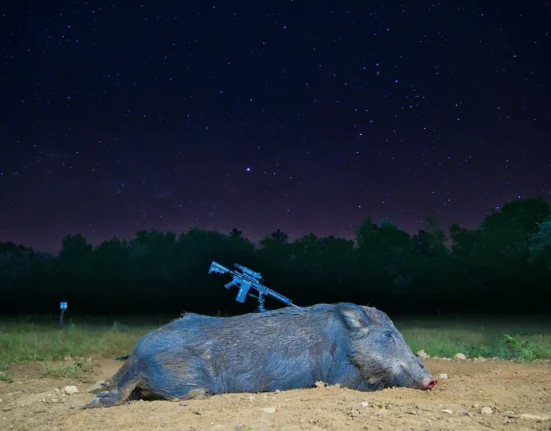When Prince Charles embarked on a tour of Murujuga in Western Australia back in 1994, guided by Ngarluma man David Daniel, he ventured into a land steeped in ancient history and cultural significance. The Burrup Peninsula, home to over 1 million petroglyphs documenting millennia of human existence, holds a treasure trove of rock art unrivaled anywhere else in the world.
As traditional owners describe it, Murujuga is not just a collection of carvings; it is a living library where the rocks themselves whisper tales of bygone eras – stories of spirits, animals like thylacines long extinct from the mainland, and even practical knowledge such as butchering kangaroos. This sacred space serves as a vital link to both earthly and spiritual realms for those who understand its language.
However, standing less than 10 kilometers away looms Woodside’s Karratha gas processing plant – a sprawling industrial complex that contrasts starkly with the ancient wonders of Murujuga. Recently granted preliminary approval to extend its North West Shelf project until 2070 by Environment Minister Murray Watt, Woodside faces mounting scrutiny over the environmental cost of its ambitions.
The decision to greenlight Woodside’s expansion has stirred up controversy, particularly concerning its long-term implications for climate change. The Climate Council sounded alarm bells over the projected 4 billion tonnes of greenhouse emissions tied to the extended project lifespan – amounting to a decade’s worth of Australia’s total annual emissions.
Climate councillor Greg Bourne expressed grave concerns about the approval, warning that it could have far-reaching consequences for Australia’s climate commitments. Describing it as one of the most polluting fossil fuel projects in recent memory, Bourne emphasized how this move contradicts global efforts to combat climate change.
Similarly, climate scientist Bill Hare criticized the decision as shortsighted and contradictory to international climate goals. He highlighted the disconnect between curbing domestic emissions and supporting fossil fuel exports on such a massive scale. Hare lamented that approving projects like these only exacerbates the challenge of combating climate change effectively.
Despite opposition from conservationists, scientists, and indigenous communities like Ngarluma/Yindjibarndi traditional owners Regina and Kaylene Daniel – who see Murujuga as their cultural heritage under threat – Woodside maintains that its expansion is crucial for energy security and economic stability. Executive vice president Liz Westcott underscored the project’s significant contributions to job creation and energy supply across Western Australia.
Regina Daniel shared her poignant perspective on witnessing changes unfold around Murujuga due to industrial encroachment:
“We’ve seen the way Country used to be … where the construction…is now.”
The sisters’ deep connection with their ancestral lands underscores their plea for protection against further degradation in exchange for temporary economic gains.
Woodside’s persistent efforts to expand its gas operations reflect broader industry trends seeking growth opportunities amidst shifting market dynamics. Despite setbacks faced at James Price Point in Kimberley earlier on, Woodside remains determined to tap into untapped reserves through ventures like Calliance & Brecknock gasfields in Browse Basin – positioning Karratha as their next frontier.
The debate surrounding Woodside’s extension plans goes beyond immediate economic benefits; at its core lies a fundamental clash between short-term gains and long-term sustainability. With stakeholders divided over balancing growth aspirations with environmental stewardship, questions linger about finding common ground amid competing interests.
As regulatory bodies navigate these contentious waters filled with economic imperatives on one side and environmental preservation on another – there are no easy answers or quick fixes. Each decision made today carries profound implications for future generations grappling with an increasingly fragile ecosystem under pressure from relentless development demands.









Leave feedback about this